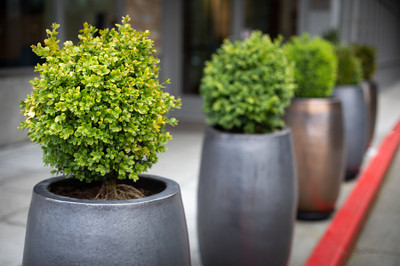What's the Difference Between Planters and Pots? Here is All You Need to Know!
Posted by Jason Wyrwicz on May 28th 2024
Gardening is not just about selecting the right plants but also choosing the appropriate containers to house and grow them. Whether you are beautifying your indoor space or enhancing your outdoor landscape, the right choice between planters and pots is quite significant to improve your gardening game.
Here is a more detailed planter vs. pot comparison, helping you make the best choice for your plants and spaces.
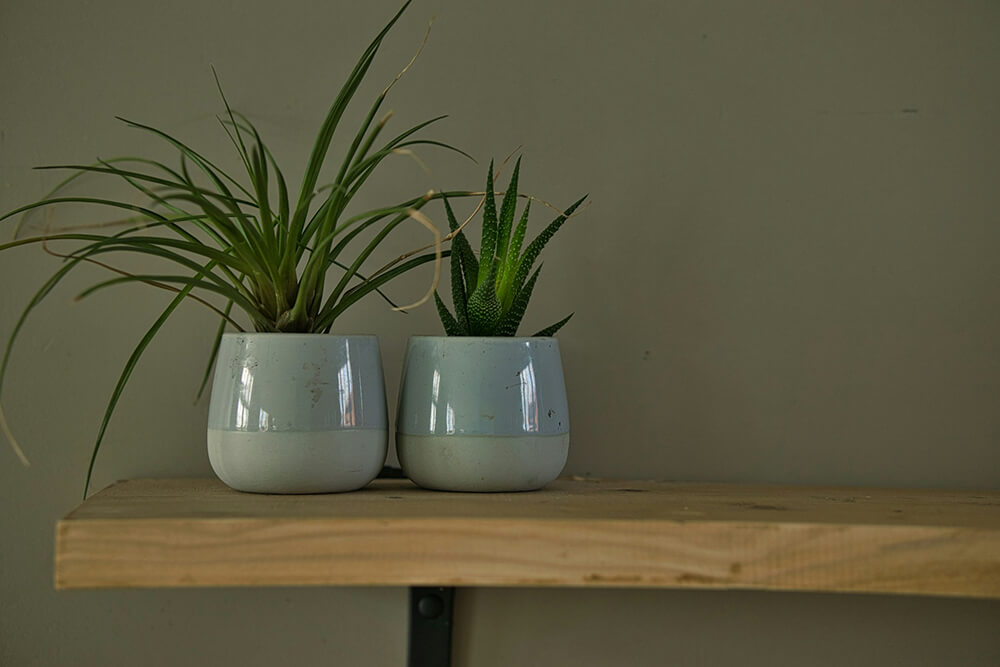
Understanding the Key Differences Between Planters and Pots
1. Purpose and size
When talking about planters and pots, the key differences to consider are the purpose and size.
Planters are containers that are large in size, ideal for outdoor spaces or larger indoor areas, and they can accommodate bigger plants or more than one smaller plant in one container. Importantly, planters allow plants to establish a strong root system, which can be significant for their development.
On the other hand, pots are smaller containers typically used to house a single plant. They are perfect for indoor use.
2. Material or Type
Planters are made up of more durable materials, whereas pots are mostly made up of easily crackable materials.
Planters can be made from a variety of materials like metal, fiberglass, or concrete:
- Fiberglass planters: What makes fiberglass planters a perfect fit is their lightweight, adaptability, and shade variations. Moreover, these planters have weather-resistant properties that make them withstand harsh environments (frost, rain, sunshine) without cracking and chipping. Wannsee Large Round Tree Planter and Valencia Round Planter are among the planters made up of highly durable fiberglass.
- Fiberstone planters: Apart from fiberglass, fiberstone planters such as Walden Cube Planter can also withstand extreme weather. They are made from a combination of fiber and stone but are still lightweight and easily moveable.
When it comes to pots, they are made up of a variety of more fragile materials like terracotta and ceramic:
- Terracotta pots: Terracotta is a type of porous material that allows for easier oxygen exchange, which helps your plants' roots breathe. Furthermore, these pots have the ability to absorb excess moisture after watering, which prevents the roots from being submerged in overly wet soil for an extended period of time.
- Ceramic pots: These are available in various colors and finishes, so they can brighten any space while providing excellent conditions for plant growth.
3. Shape
Another point to consider in the planter vs. pot comparison is the shape of both products. Planters are usually elongated, tall ( Saint Tropez Tall Vase Planter Pot), round (Alzira Round Tapered Plant Pot), or rectangular (Brisbane Extra Large Planter Boxes) in shape. On the contrary, pots are almost always round in shape.
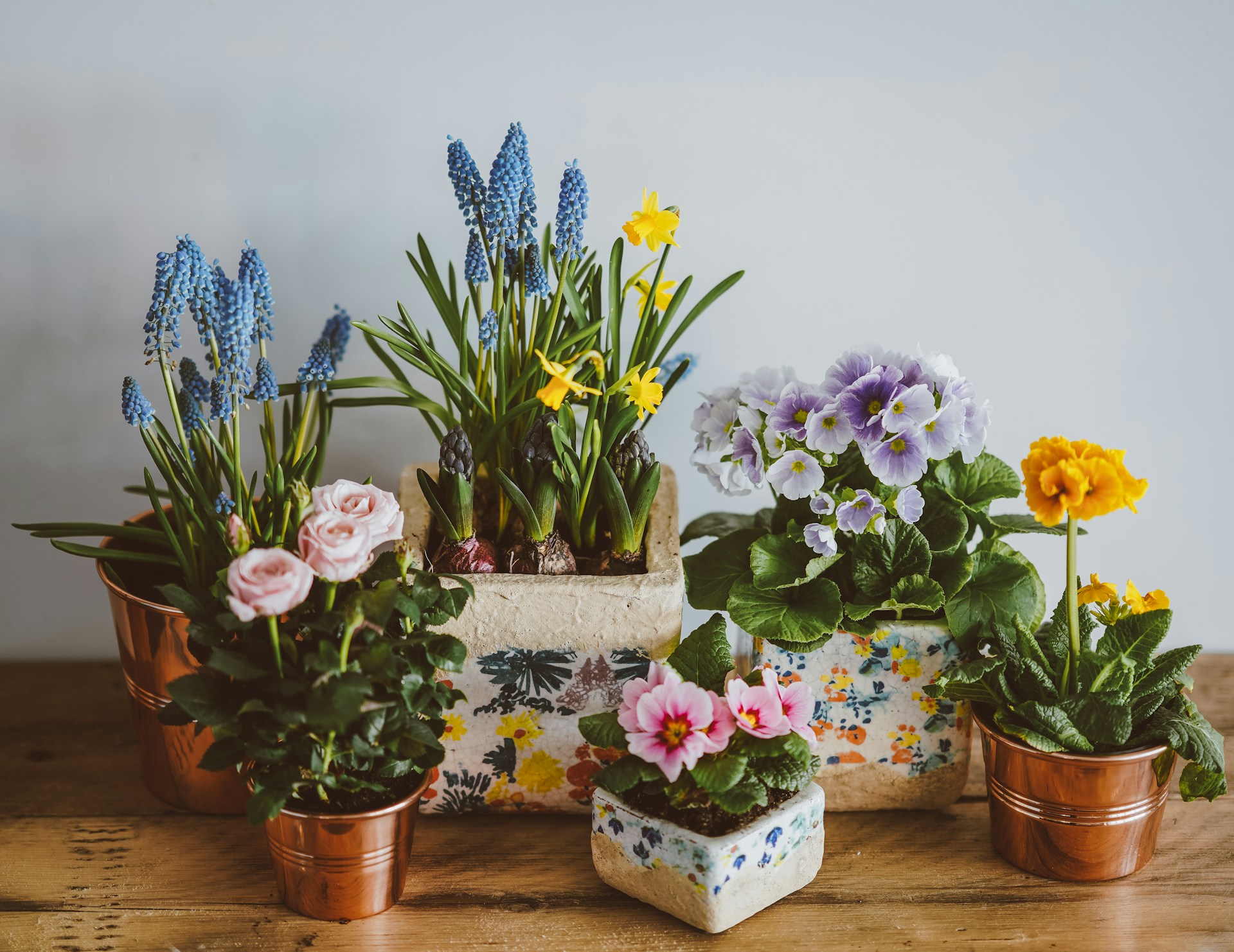
4. Root Growth
Due to their spacious design, planters can house root development for large plants. Such space provides enough room for roots to grow very deep and wide, providing the required support and increased nutrient uptake by plants like small trees and large shrubs.
Pots, having small size and confined space, limit root growth, which can be advantageous to growing plants that might otherwise grow too large, such as bonsai trees.
5. Watering and Drainage
The planter, having more volume of soil, retains the moisture quite uniformly for a relatively long period, making the requirement of watering the plants less frequent and, thereby, providing a better root system.
Pots typically dry out faster due to their smaller soil volume, which can be advantageous for plants that prefer drier soil, like succulents and cacti. Small pot sizes can also prevent overwatering by allowing excess water to drain more quickly, which is crucial for the health of moisture-sensitive plants.
Planter vs. Pot - Practical Consideration
Want to decide whether to buy a planter or a pot to grow your plant? Here are some points to consider
1. Space
Before actually buying a container for your plant, consider the scale of your space. If you are planning to enhance the beauty of your outdoor space, you can opt for planters. In contrast, pots are ideal for most indoor areas, especially intimate and personal spaces.
2. Climate and Care
Think about the climate that your container will face. As described previously, planters are more resistant to changing weather conditions. The excessive amount of soil acts as an insulator for roots against extreme temperatures, offering benefits to perennial plants that stay outdoors throughout the year. The pots, however, should be moved indoors in extremely harsh conditions.
3. Cost-Effectiveness and Durability
Another significant factor in the planter vs. pot distinction is the cost and durability. Planters seem to be more expensive initially, but their durability can offer better long-term advantages, especially in outdoor settings.
When it comes to pots, they are cheaper to buy, but they require more maintenance based on material and environmental conditions.
4. Mobility
Due to their size and material, pots are easier to move and rearrange as compared to heavier planters. If you want to create a permanent or semi-permanent landscape, a planter is a good option for you, but keep in mind that moving them later can be difficult.
However, if you are one of those who enjoy changing the plant position, then pot is a good option for you.
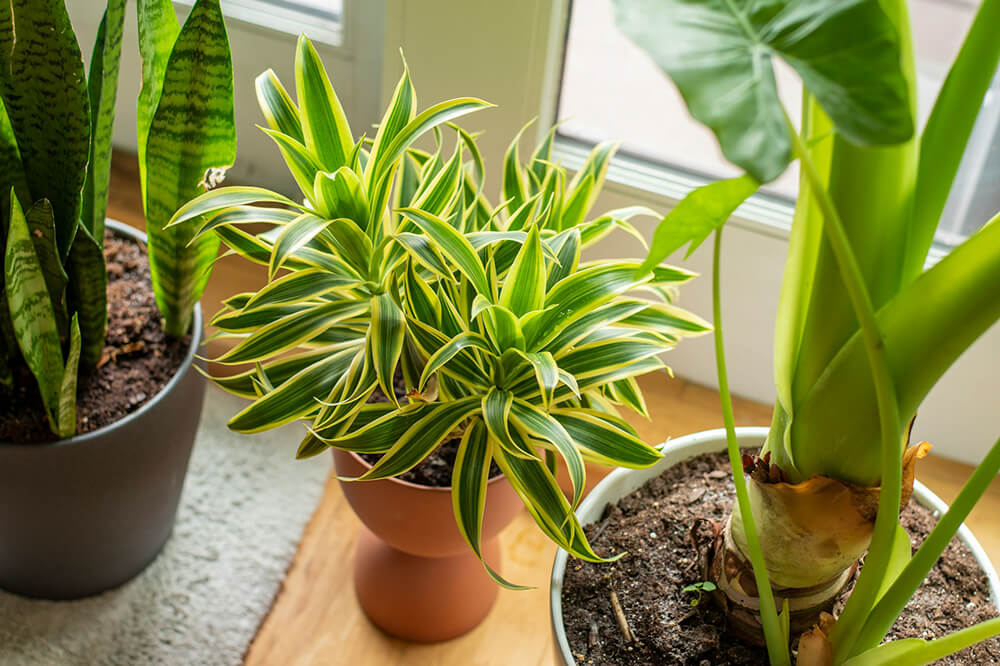
5. Plant Type
Planters, with their spacious accommodations, are well-suited for housing small trees (like olive trees or Japanese maples), ornamental grasses (maiden grass, fountain grass), and perennial shrubs (boxwood, hydrangeas). Moreover, rectangular planters can also be used to grow vegetables and fruits.
On the other hand, pots, being more compact, are ideal for smaller, more delicate plants or those that require specific conditions, including herbs (basil, thyme, mint), flowering plants (marigolds, pansies), and houseplants like spider plants, aloe vera, and African violets. In this way, their environment can be more specifically controlled.
Conclusion
To wrap up, both planters and pots offer unique advantages depending on your needs. By understanding the planter vs. pot distinction, you can make a more conscious decision about what works better for your outdoor or indoor space.
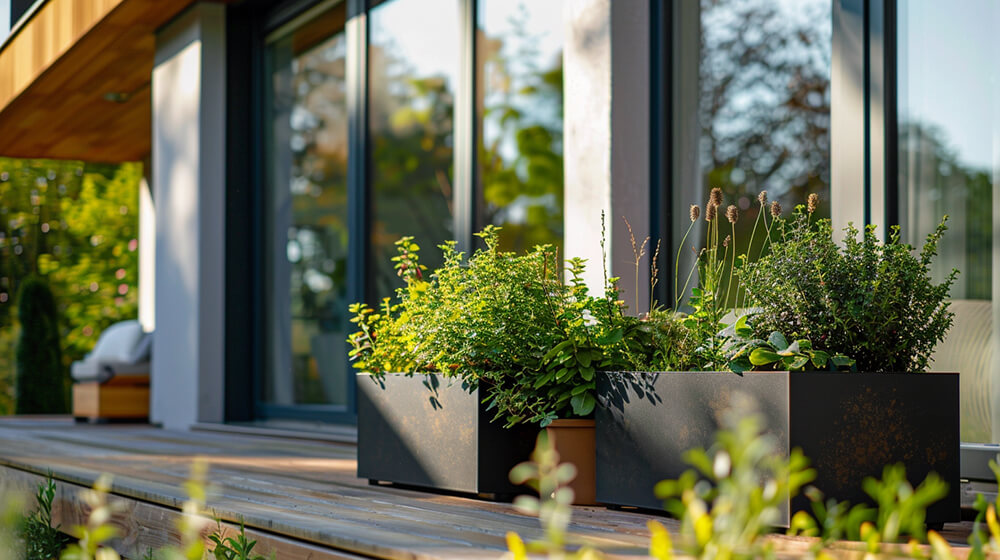
Moreover, choosing between planters and pots affects many practical aspects of gardening, including maintenance, cost, and plant health, as well as the ease with which you can modify your garden's design and respond to the needs of your plants.
By understanding these detailed factors, you can create a garden that meets both your aesthetic and functional needs.
In our online store, we have both pots and planters, so choose the one you like the most and place an order!


